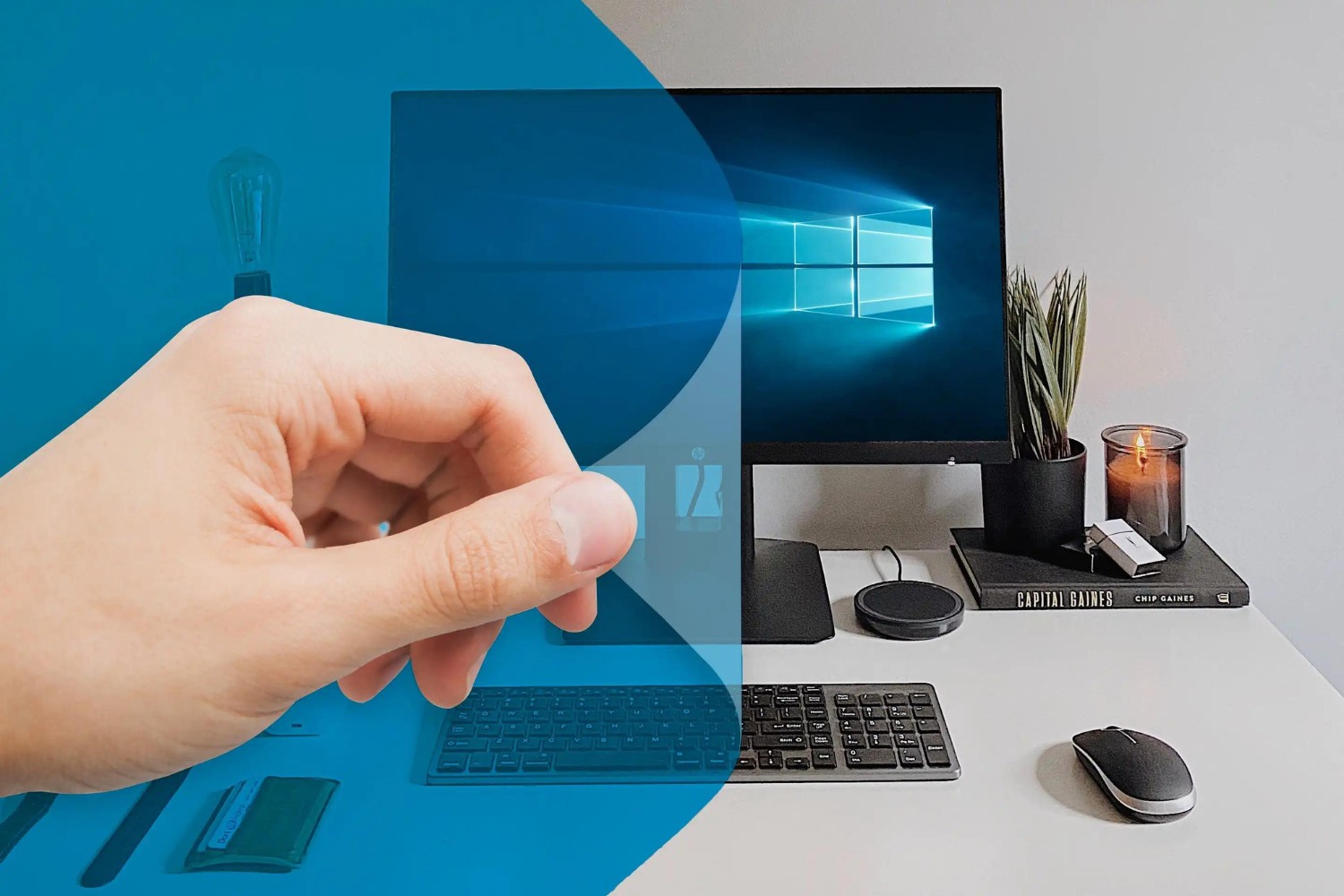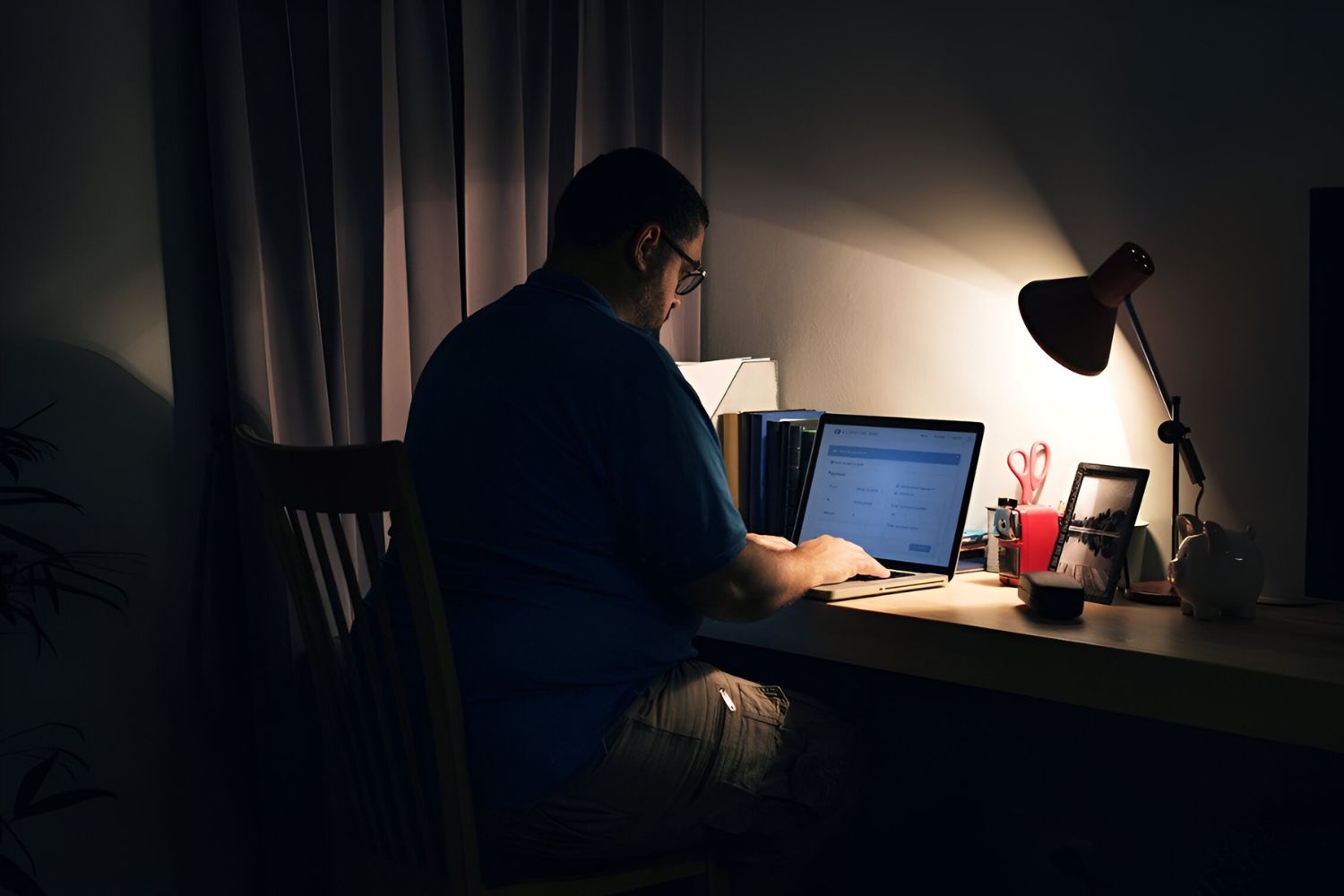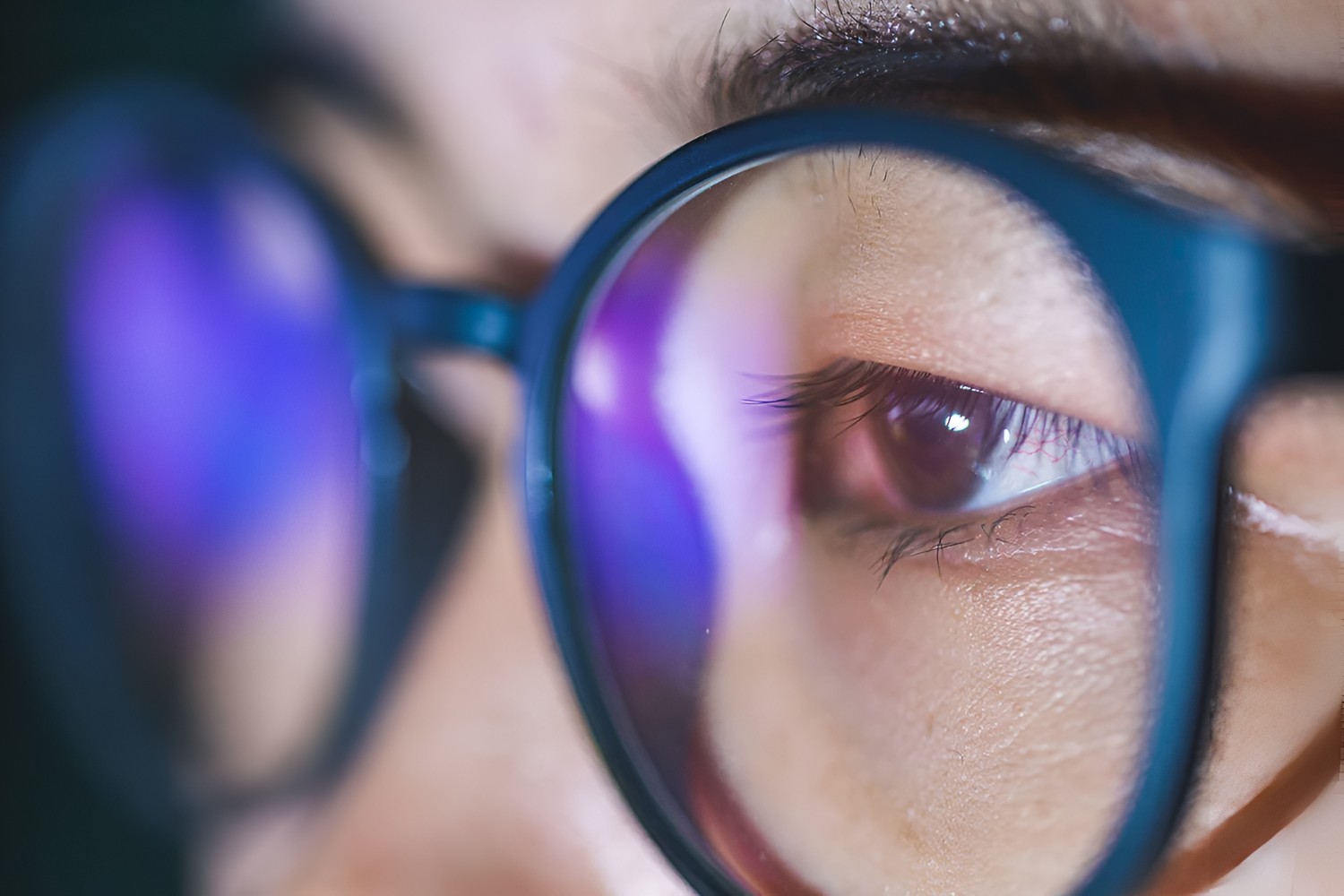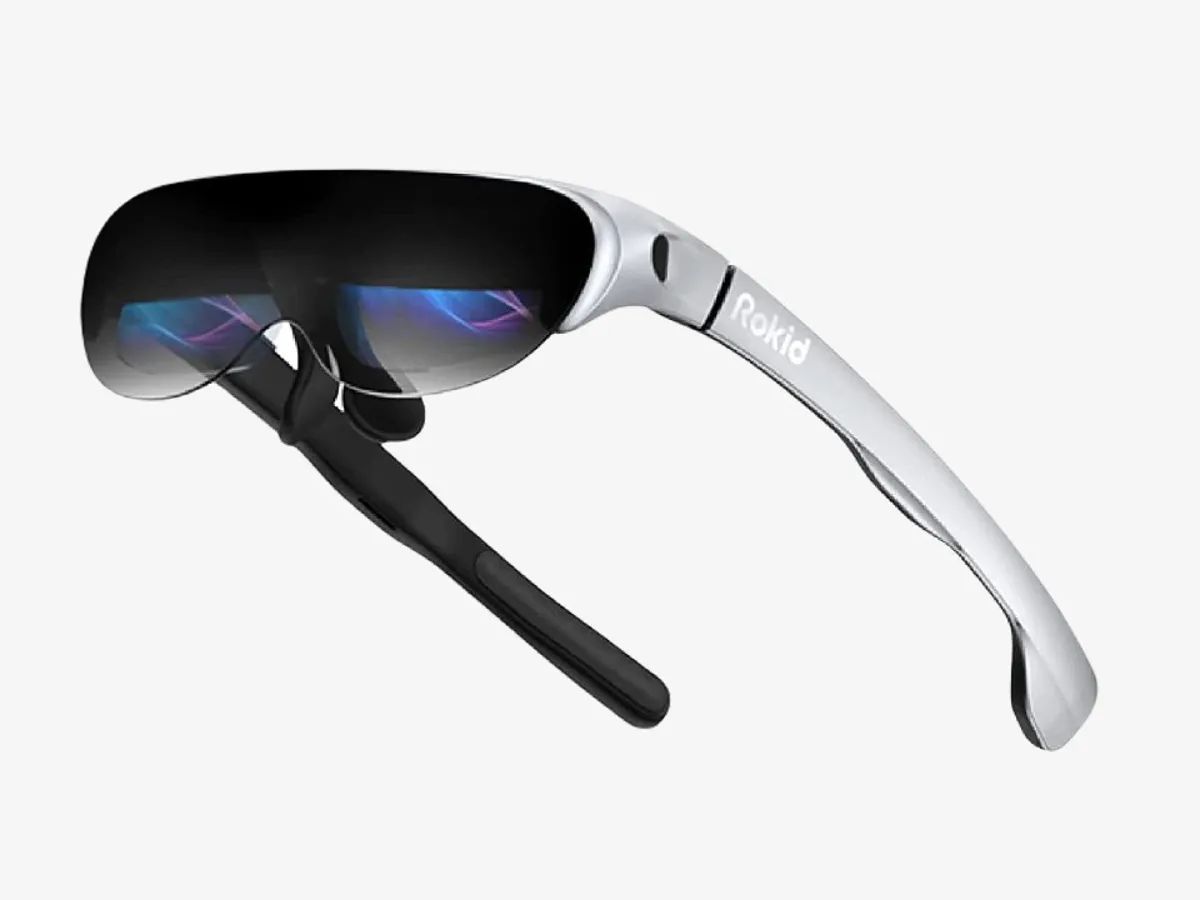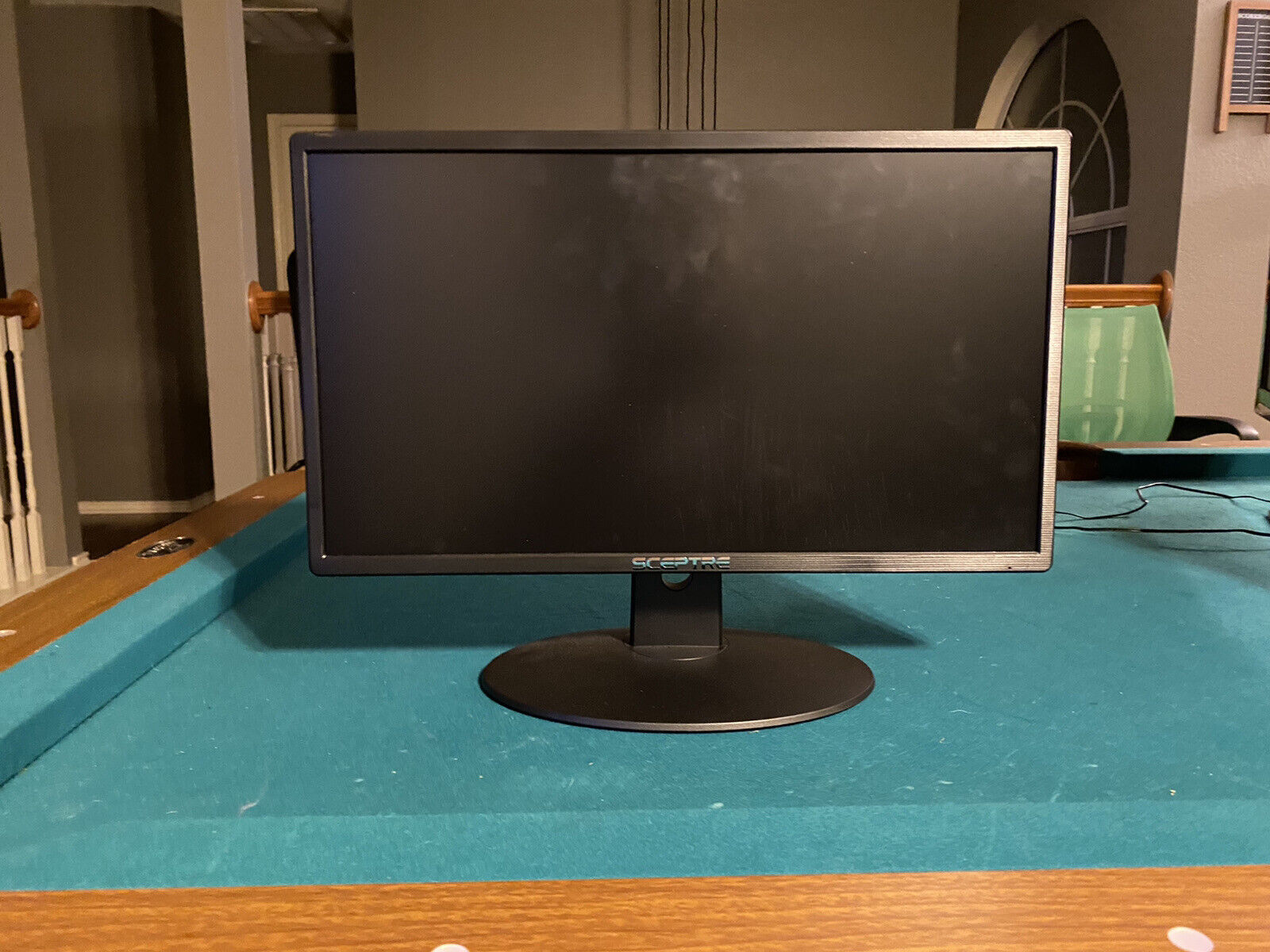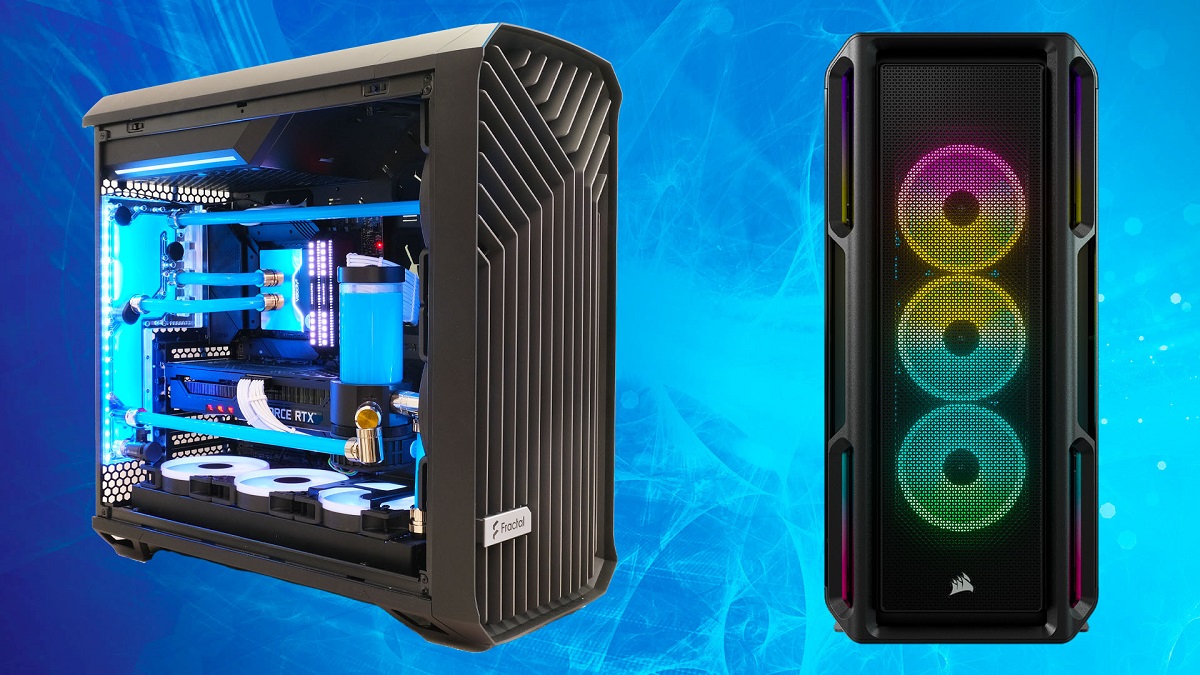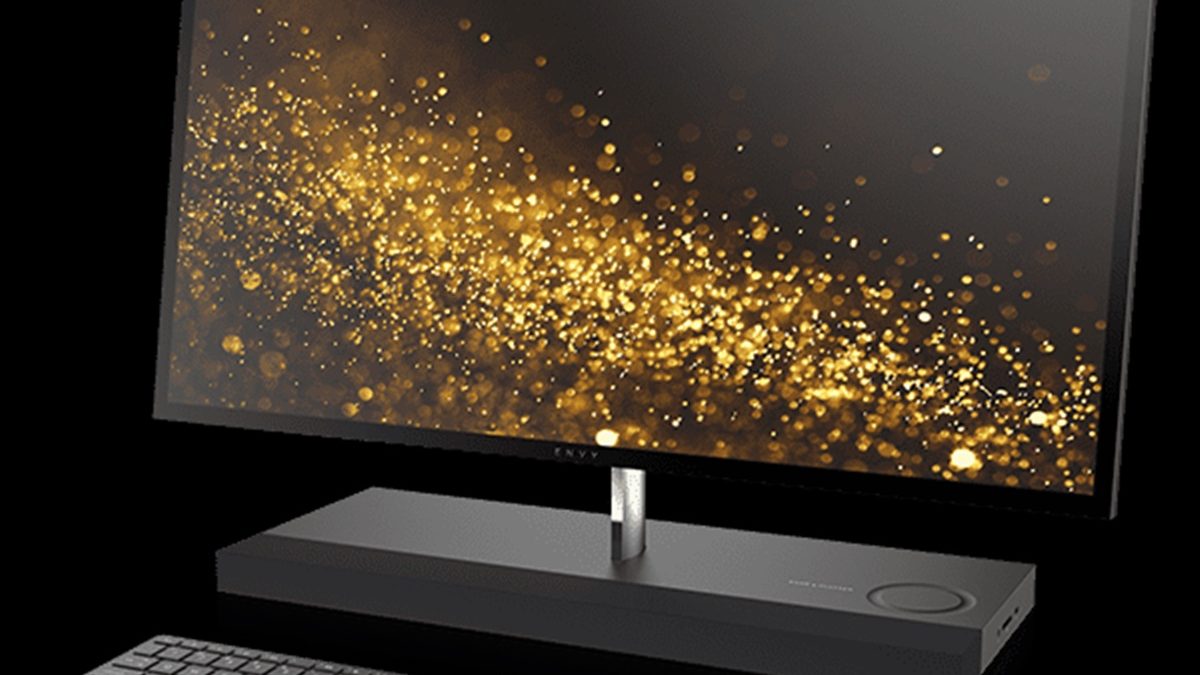Introduction
In today's digital age, our lives are intertwined with technology. From the moment we wake up to the time we go to bed, we are constantly exposed to screens—be it smartphones, tablets, or computers. While these devices have undoubtedly revolutionized the way we live, work, and connect with others, they also come with a downside: prolonged exposure to blue light.
Blue light is a high-energy, short-wavelength light that is emitted by digital screens and LED lighting. While exposure to natural blue light during the day can have positive effects on our mood, alertness, and cognitive function, excessive exposure to artificial blue light—especially during evening hours—can disrupt our circadian rhythm and interfere with our ability to get a good night's sleep.
Fortunately, modern technology has provided us with a solution to mitigate the potential negative effects of blue light: the blue light filter. This feature, available on various devices and operating systems, including Windows 10, works by reducing the amount of blue light emitted by the screen, thereby minimizing its impact on our eyes and sleep patterns.
In this article, we will delve into the world of blue light and its effects, explore the benefits of using a blue light filter, and guide you through the process of activating and adjusting the blue light filter on Windows 10. By the end of this journey, you will have the knowledge and tools to safeguard your eyes and well-being while engaging with your digital devices. So, let's embark on this enlightening exploration of blue light and the protective measures available to us in the digital realm.
Understanding Blue Light and Its Effects
Blue light, a visible light with a short wavelength and high energy, is emitted by digital screens, LED lighting, and the sun. While exposure to natural blue light during the daytime can have beneficial effects, such as boosting attention, reaction times, and mood, overexposure to artificial blue light, especially during the evening and nighttime, can lead to various adverse effects on our health and well-being.
Effects of Blue Light Exposure
-
Disruption of Circadian Rhythm: The human body's internal clock, known as the circadian rhythm, is influenced by exposure to light and darkness. Blue light, particularly in the evening, can disrupt this rhythm by suppressing the production of melatonin, a hormone that regulates sleep. Prolonged exposure to blue light in the evening can lead to difficulty falling asleep and disrupted sleep patterns.
-
Eye Strain and Fatigue: Extended periods of screen time can lead to digital eye strain, also known as computer vision syndrome. Blue light from screens can contribute to symptoms such as dry eyes, blurred vision, and headaches, impacting overall visual comfort and productivity.
-
Increased Risk of Macular Degeneration: Research suggests that prolonged exposure to blue light may contribute to the development of age-related macular degeneration, a leading cause of vision loss. The eyes' natural filters do not provide sufficient protection against blue light, potentially leading to damage to the retina over time.
Vulnerable Populations
Certain groups may be more susceptible to the effects of blue light exposure:
-
Children and Adolescents: With the increasing use of digital devices for learning and entertainment, young individuals are exposed to blue light at a higher frequency, potentially impacting their visual development and sleep patterns.
-
Night Shift Workers: Individuals working night shifts are often exposed to artificial light during their biological night, disrupting their circadian rhythm and increasing the risk of sleep disturbances and associated health issues.
Mitigating Blue Light Effects
Given the pervasive nature of digital screens in modern life, understanding the impact of blue light exposure is crucial. By recognizing the potential consequences of excessive blue light exposure, individuals can take proactive measures to mitigate its effects, such as implementing blue light filters and adjusting screen settings to reduce blue light emissions.
By gaining insight into the effects of blue light exposure, individuals can make informed decisions to protect their visual health and overall well-being in the digital age.
Benefits of Using Blue Light Filter
Implementing a blue light filter on digital devices, such as computers and smartphones, offers a myriad of benefits that contribute to overall well-being and visual comfort. By effectively reducing the amount of blue light emitted by screens, these filters serve as a protective shield against the potential adverse effects of prolonged digital screen exposure. Let's delve into the compelling advantages of incorporating a blue light filter into your digital routine:
1. Enhanced Sleep Quality
One of the most significant benefits of using a blue light filter is its positive impact on sleep quality. By reducing the exposure to stimulating blue light, especially during the evening hours, the filter promotes the natural production of melatonin, the hormone responsible for regulating the sleep-wake cycle. This, in turn, can lead to improved sleep onset, better sleep continuity, and an overall more restful night's sleep.
2. Reduced Eye Strain and Fatigue
Blue light filters contribute to alleviating digital eye strain, a common concern for individuals who spend extended periods in front of screens. By minimizing the amount of high-energy blue light reaching the eyes, these filters help mitigate symptoms such as dry eyes, blurred vision, and headaches, thereby enhancing visual comfort and reducing overall eye fatigue.
3. Protection Against Potential Eye Damage
Long-term exposure to blue light has been linked to an increased risk of age-related macular degeneration, a leading cause of vision loss. By integrating a blue light filter, individuals can proactively protect their eyes from potential damage, particularly when engaging in extensive screen use over the years.
4. Enhanced Visual Comfort
The implementation of a blue light filter contributes to an overall improvement in visual comfort during screen-based activities. By reducing the harshness of blue light emissions, individuals may experience a more soothing and comfortable viewing experience, especially during prolonged periods of screen engagement.
5. Support for Circadian Rhythm Regulation
Blue light filters aid in maintaining the body's natural circadian rhythm by minimizing the disruptive impact of artificial blue light on the production of melatonin. This support for circadian rhythm regulation can lead to a more consistent sleep-wake cycle and promote overall well-being.
Incorporating a blue light filter into your digital environment can significantly enhance your visual comfort, promote healthier sleep patterns, and safeguard your long-term eye health. By embracing this simple yet impactful technology, individuals can proactively mitigate the potential negative effects of blue light exposure, thereby fostering a more balanced and sustainable relationship with their digital devices.
How to Activate Blue Light Filter on Windows 10
Activating the blue light filter on Windows 10 is a straightforward process that empowers users to customize their screen settings and mitigate the potential adverse effects of blue light exposure. By following these simple steps, you can take proactive measures to enhance visual comfort and promote healthier screen usage habits.
-
Access Display Settings: To initiate the activation process, begin by accessing the "Display Settings" on your Windows 10 device. This can be achieved by right-clicking on the desktop and selecting "Display settings" from the contextual menu.
-
Navigate to Night Light Settings: Within the Display Settings, navigate to the "Night light settings" to access the controls for the blue light filter feature. This section allows users to customize the activation schedule and intensity of the blue light filter according to their preferences.
-
Toggle the Night Light Switch: Upon entering the Night light settings, locate the toggle switch to enable the blue light filter. By simply toggling the switch to the "On" position, you can activate the filter and begin benefiting from reduced blue light emissions from your screen.
-
Adjust Color Temperature: Windows 10 offers the flexibility to adjust the color temperature of the blue light filter to suit individual preferences. Users can fine-tune the warmth of the display by moving the color temperature slider, customizing the visual experience to align with their comfort and viewing needs.
-
Customize Activation Schedule: For personalized control over the blue light filter, Windows 10 allows users to customize the activation schedule based on their daily routine. By setting specific activation times, such as sunset to sunrise or custom hours, users can ensure that the filter aligns with their natural sleep-wake cycle.
-
Additional Customization Options: Windows 10 provides additional customization options, including the ability to preview the blue light filter's impact on the screen in real-time. This feature empowers users to make informed adjustments to the filter settings, ensuring an optimal balance between visual comfort and color accuracy.
By following these steps, users can seamlessly activate the blue light filter on Windows 10, harnessing the benefits of reduced blue light exposure and promoting a more comfortable and eye-friendly digital experience.
Incorporating the blue light filter into your Windows 10 environment represents a proactive step towards prioritizing visual well-being and optimizing screen usage habits. With the flexibility to customize the filter settings to align with individual preferences, Windows 10 empowers users to take control of their digital environment and mitigate the potential negative effects of blue light exposure.
Adjusting Blue Light Filter Settings
Once the blue light filter is activated on Windows 10, users have the flexibility to fine-tune the filter settings according to their preferences and visual comfort requirements. This level of customization empowers individuals to tailor their screen environment to align with their unique needs, thereby optimizing the protective benefits of the blue light filter. By delving into the adjustment options, users can further enhance their digital experience and mitigate the potential adverse effects of blue light exposure.
Customizing Color Temperature
Windows 10 offers users the ability to adjust the color temperature of the blue light filter, allowing for a personalized viewing experience. By modifying the color temperature, individuals can control the warmth of the display, striking a balance between reduced blue light emissions and visual comfort. This feature enables users to fine-tune the screen's color rendition to align with their preferences, ensuring a more pleasant and soothing visual experience during extended screen use.
Tailoring Activation Schedule
In addition to color temperature adjustments, Windows 10 provides users with the option to customize the activation schedule of the blue light filter. By setting specific activation times, such as sunset to sunrise or custom hours, individuals can synchronize the filter with their natural sleep-wake cycle. This personalized scheduling capability allows users to seamlessly integrate the benefits of reduced blue light exposure into their daily routine, promoting healthier screen usage habits and supporting overall well-being.
Real-time Preview and Calibration
Windows 10 facilitates real-time preview and calibration of the blue light filter settings, empowering users to make informed adjustments based on their visual preferences. This interactive feature enables individuals to assess the impact of the filter on the screen in real-time, ensuring that the adjustments align with their comfort and viewing needs. By providing a dynamic preview of the filter's effects, Windows 10 facilitates a user-centric approach to customizing the blue light filter settings, enhancing the overall user experience.
Additional Customization Options
Windows 10 offers a range of additional customization options to further refine the blue light filter settings. From the ability to adjust the intensity of the filter to exploring advanced color calibration tools, users have access to a suite of features that enable precise customization. This comprehensive set of customization options empowers individuals to tailor the blue light filter to their exact specifications, ensuring an optimal balance between visual comfort and color accuracy.
By leveraging these customizable settings, users can harness the full potential of the blue light filter on Windows 10, creating a tailored screen environment that promotes visual well-being and mitigates the potential negative effects of blue light exposure. This level of customization reflects Windows 10's commitment to empowering users to take control of their digital experience, fostering a more comfortable and eye-friendly interaction with their devices.
Conclusion
In a world where digital devices play an integral role in our daily lives, the potential impact of blue light exposure on our visual health and overall well-being cannot be overlooked. The prevalence of screens, coupled with the pervasive nature of artificial lighting, underscores the importance of understanding and addressing the effects of blue light. With the activation of the blue light filter on Windows 10, users gain a powerful tool to mitigate the potential adverse effects of prolonged screen exposure and foster a more comfortable and eye-friendly digital experience.
By delving into the realm of blue light and its effects, we have gained valuable insights into the multifaceted consequences of excessive blue light exposure. From disruptions to the circadian rhythm and increased risk of eye strain to potential long-term effects on eye health, the impact of blue light extends beyond immediate visual discomfort. Understanding these effects empowers individuals to make informed decisions and take proactive measures to safeguard their visual well-being in the digital age.
The benefits of incorporating a blue light filter into our digital routine are far-reaching. From enhancing sleep quality and reducing eye strain to protecting against potential eye damage and supporting circadian rhythm regulation, the implementation of the blue light filter on Windows 10 offers a holistic approach to promoting visual comfort and long-term eye health.
The activation and customization of the blue light filter on Windows 10 represent proactive steps towards prioritizing visual well-being and optimizing screen usage habits. By seamlessly integrating the filter into the digital environment and leveraging the customizable settings to align with individual preferences, users can harness the protective benefits of the filter while maintaining a comfortable and sustainable interaction with their devices.
As we navigate the digital landscape, it is essential to recognize the significance of blue light exposure and embrace the tools available to us, such as the blue light filter on Windows 10, to mitigate its potential effects. By combining awareness, proactive measures, and technological solutions, we can foster a balanced and sustainable relationship with our digital devices, prioritizing visual comfort and well-being in the digital age.







